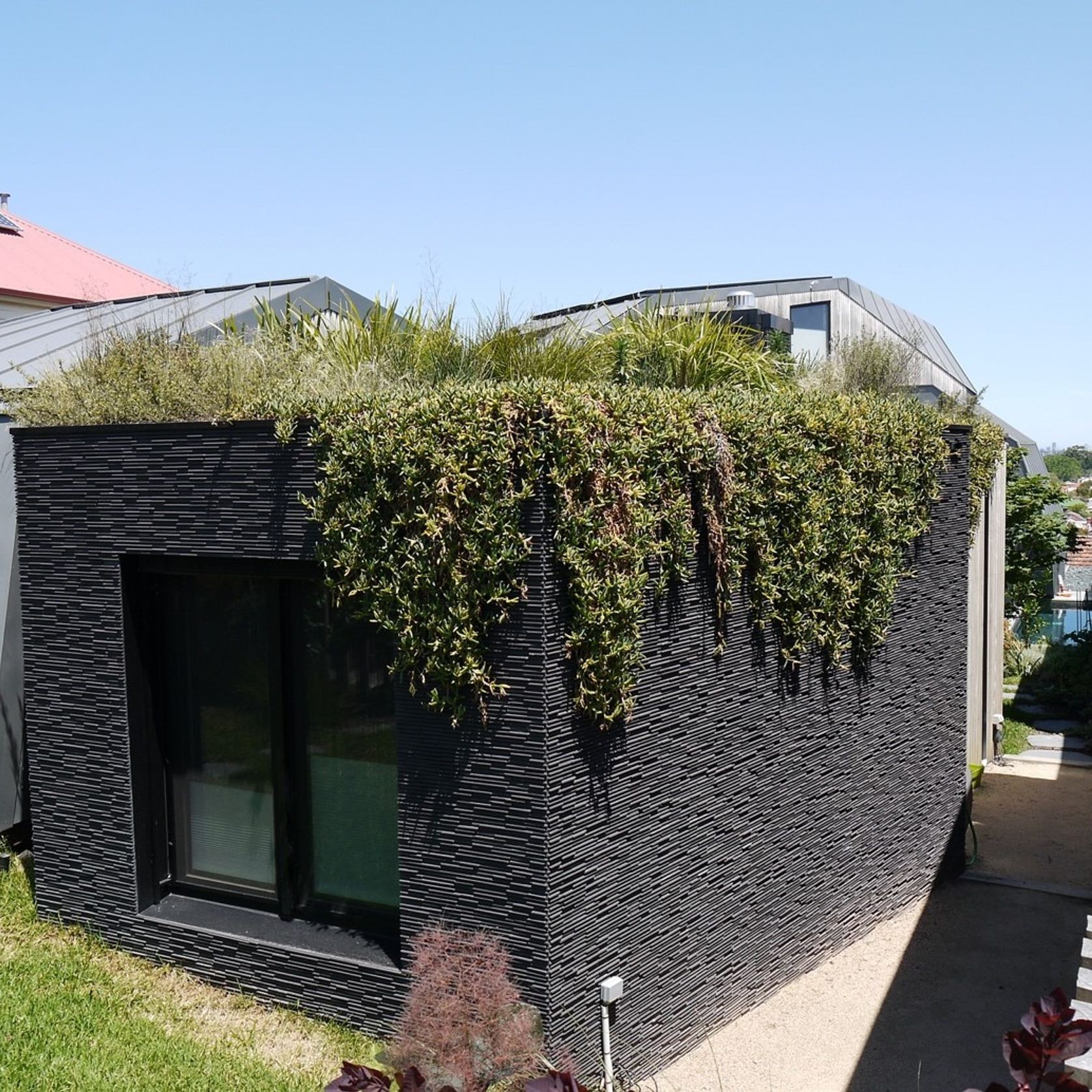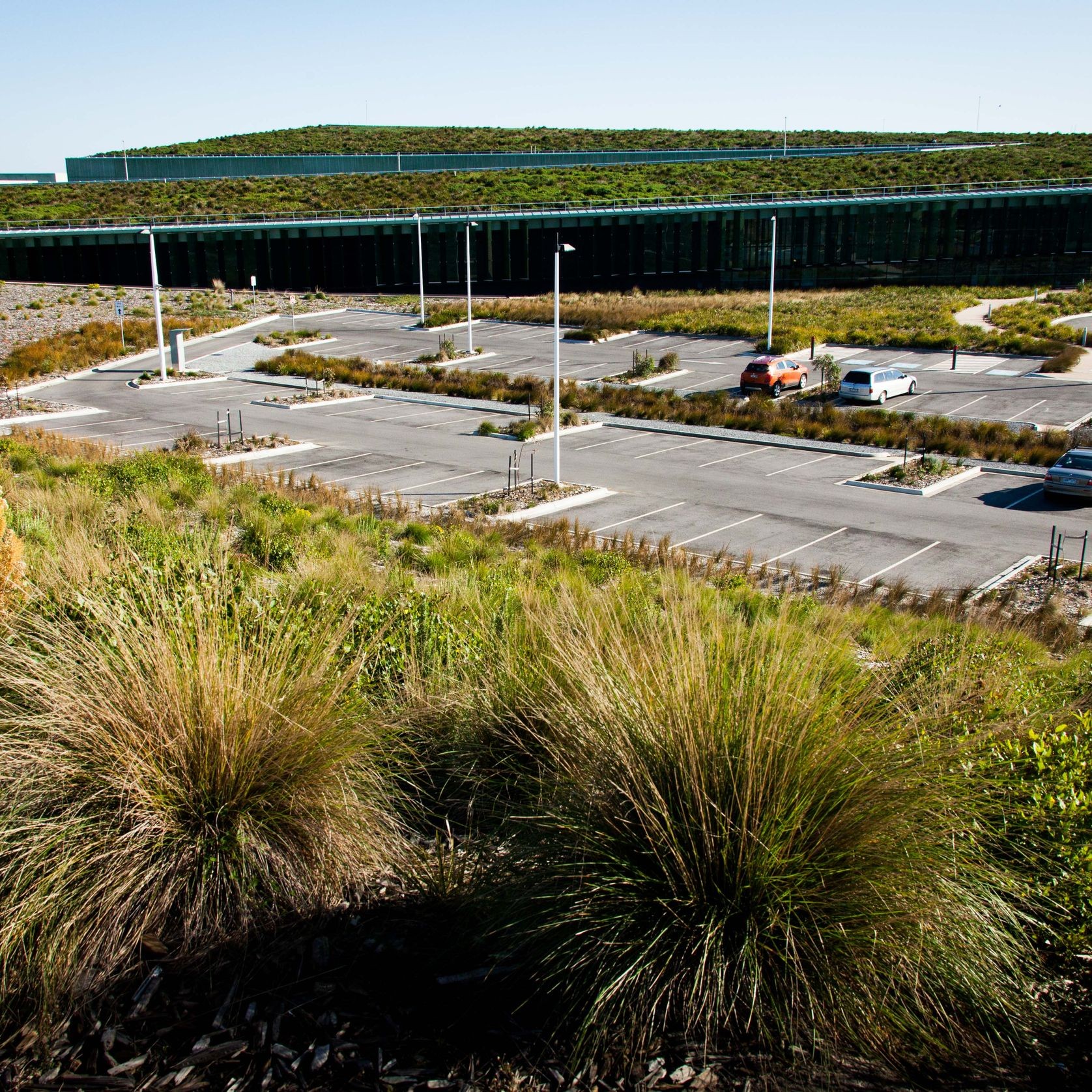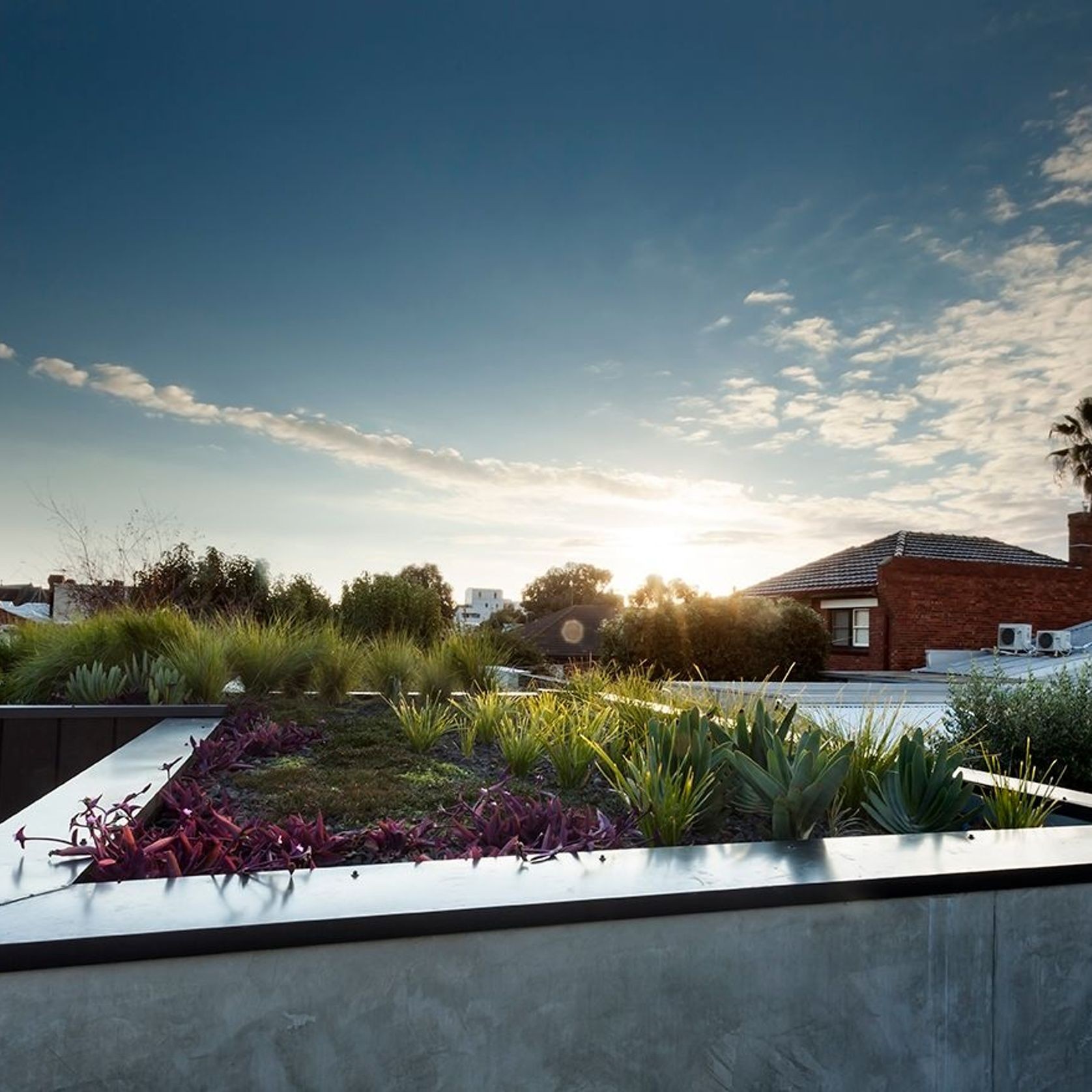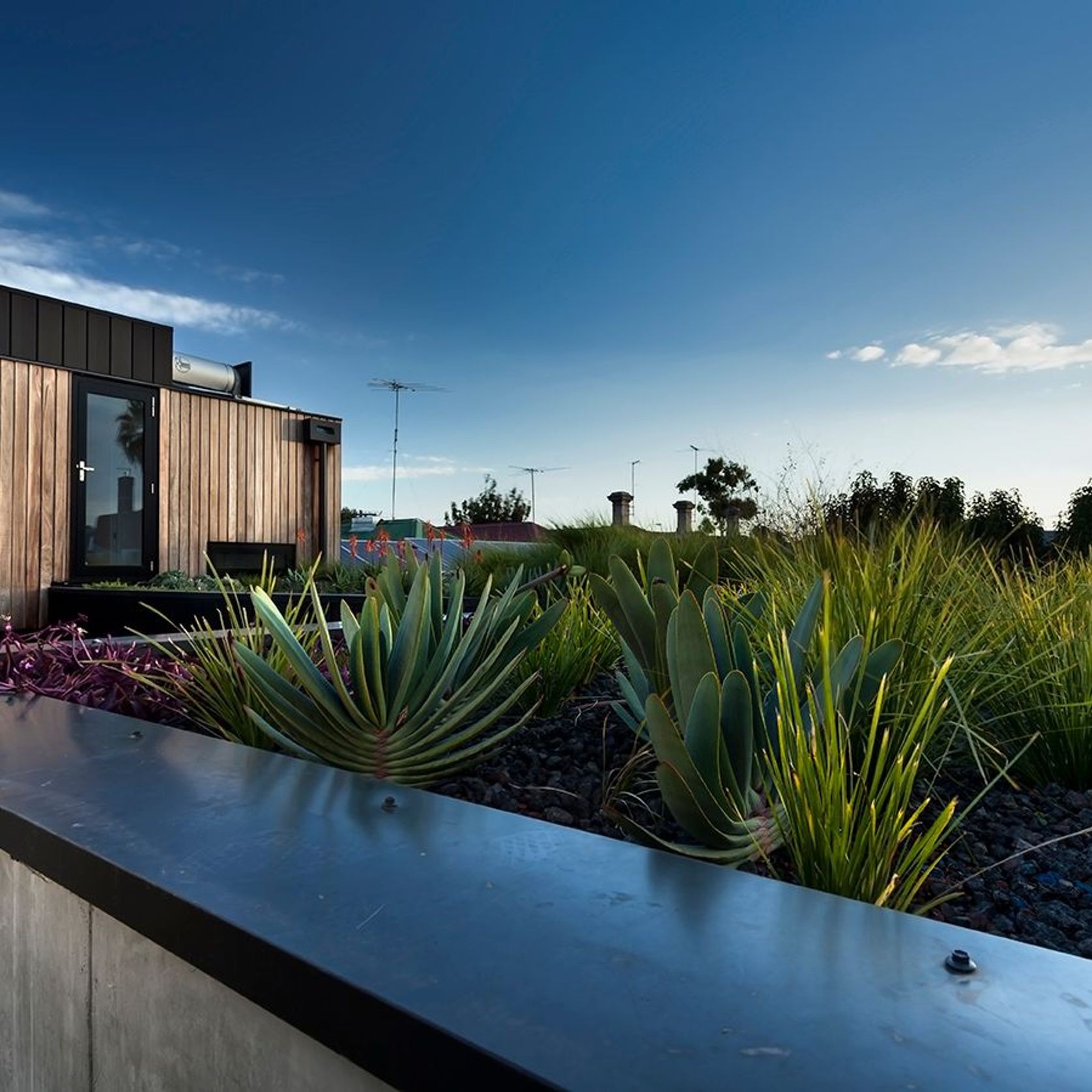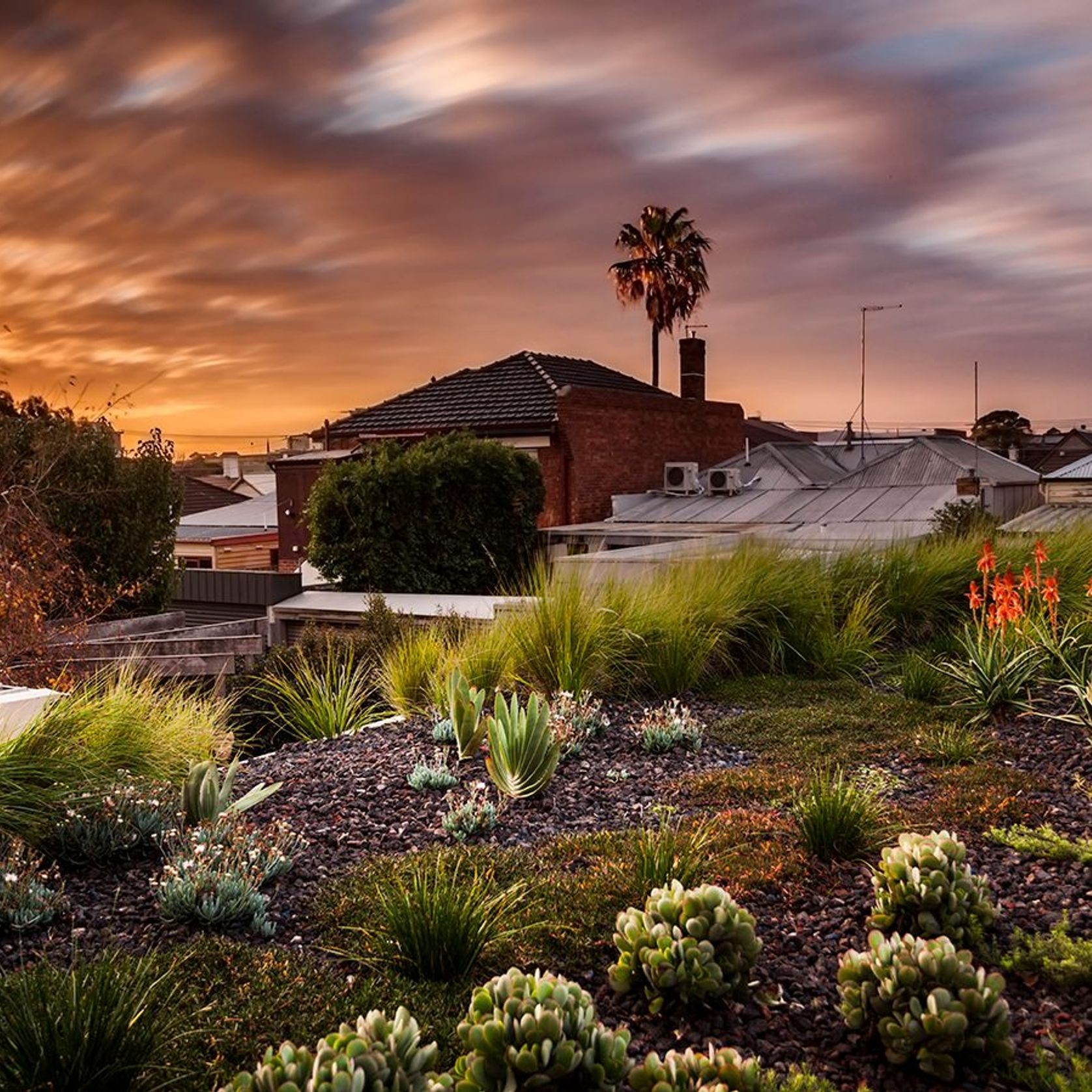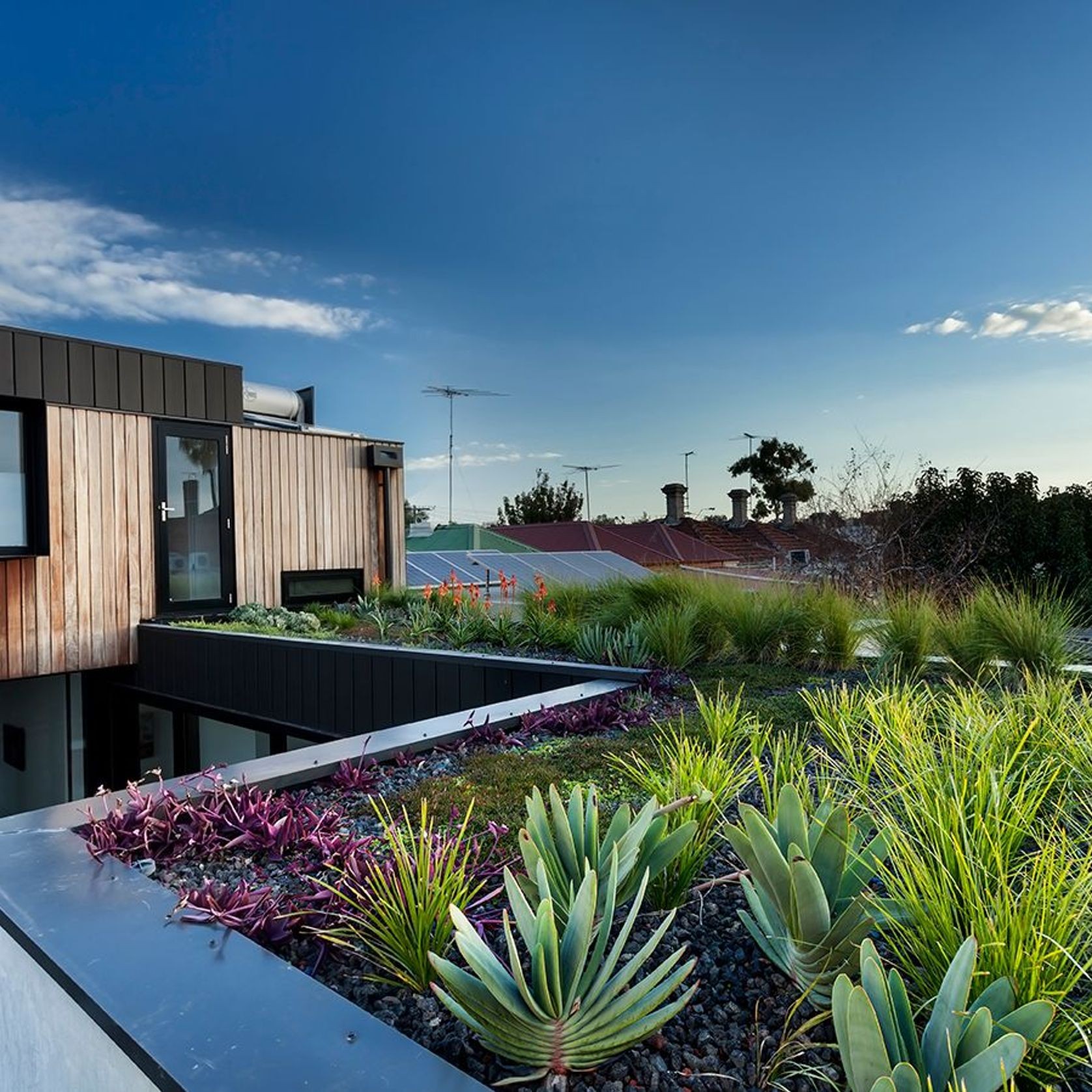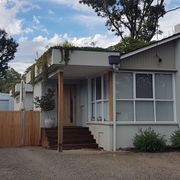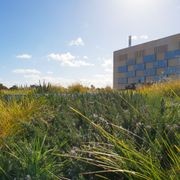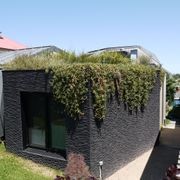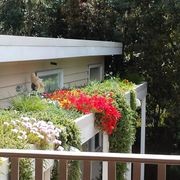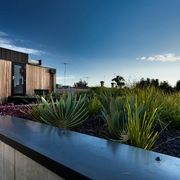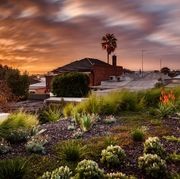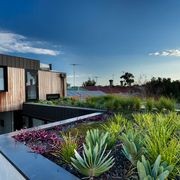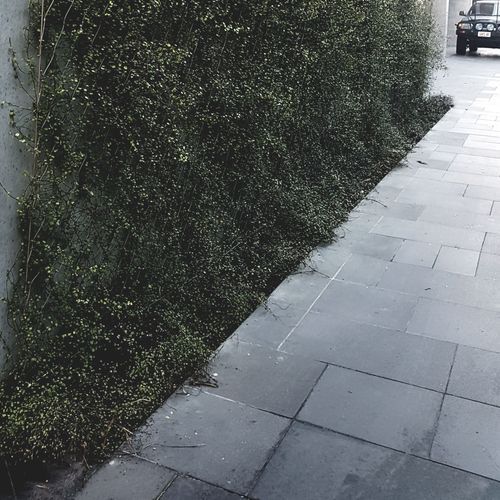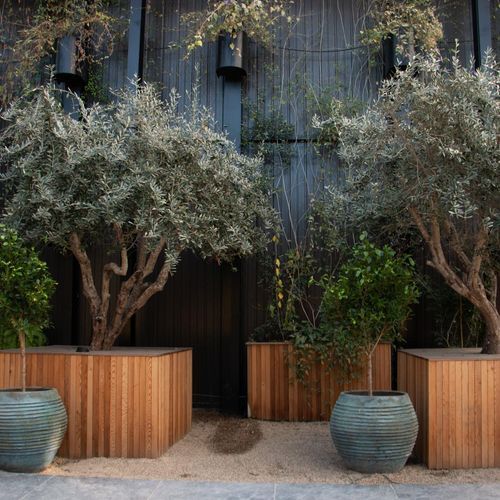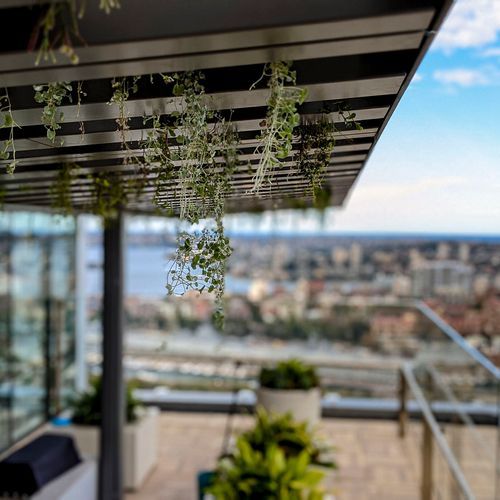SRS Roof Garden
SRS Group NZ Ltd- CategoryVertical Gardens, Green Facades
- RangeGreen Walls
About the
Seller
SRS Group is New Zealand’s original and leading supplier of architectural rigging, fabrication and foliage green wall solutions, as well as offering bridge design consultancy services within the wider Auckland region.
With over 50 years of combined experience, our specialist teams work closely with key players in the construction industry to deliver end-to-end solutions across the civil, commercial and high-end residential markets.
Architectural Rigging Solutions
As New Zealand’s first dedicated architectural rigging company, we understand the importance of quality components. That’s why we’ve joined forces with Ronstan Tensile Architecture who supply only the highest quality componentry for all our rigging solutions. We’re also a cable manufacturer, with impressive onsite and on-request capabilities.
Design Consultancy Services
In 2020, SRS Group was hand-picked to join an exclusive and expert panel of design consultants for Auckland System Management (ASM). We work with Waka Kotahi (NZTA) and Panuku Development Auckland, offering our design expertise in the production of bridges across regional transportation systems. Our tensile mesh panel installations have been used on iconic bridges and transport network systems across the wider Auckland region, providing striking yet functional anti-throw and fall protection safety measures.
Fabrication
SRS Group is one of the country’s most trusted metal fabricators. Our experienced team can take care of the full fabrication process – whether you require our design expertise or already have a plan in place. From designers to project managers and fabricators, we’ll manage the end-to-end job in-house: developing a design using the latest CAD technology, managing the fabrication and looking after the on-site installation.
Green Walls
We are your solution for all manner of green wall support system requirements. SRS Group will manage all aspects of green infrastructure delivery – from design, through to the installation of support systems, and with our strong relationship with landscape specialists we can also arrange everything from planting, irrigation to ongoing maintenance.
- ArchiPro Member since2020
- LocationView address
- More information



